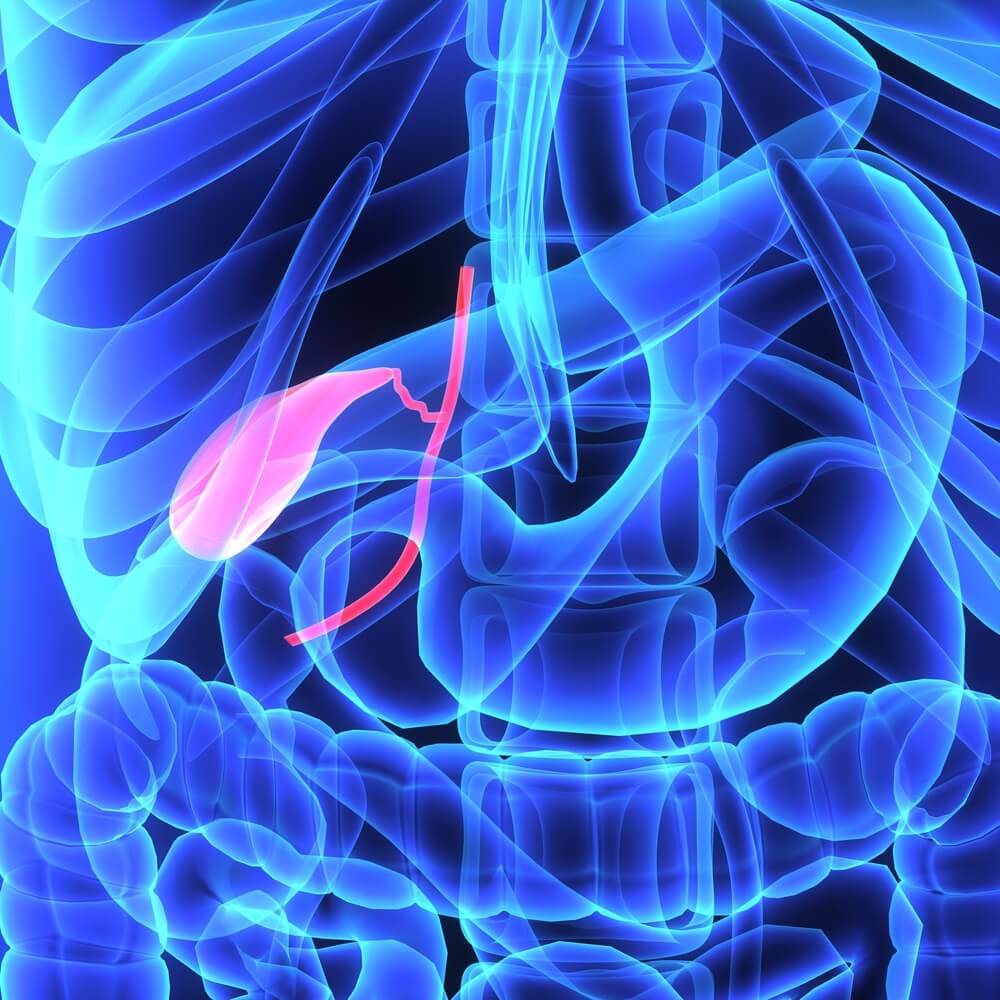New Jersey Gallbladder Surgery Malpractice Lawyers
Like the liver, the gallbladder helps digestion by storing bile. However, unlike the liver, the gallbladder can create gallstones, hard deposits that can go unnoticed or cause extreme pain. When the stones cause a bile duct blockage, pain follows, and most often, surgery. Gallbladder removal prevents gallstones and is a common surgery among Americans. About 80% of gallstone sufferers end up with cholecystectomies or gallbladder removals. Roughly 600,000 gallbladder surgeries occur annually, making gallbladder removal one of the most common surgical interventions in the nation.
Fundamentals of Laparoscopic Cholecystectomy
Although some gallbladder surgeries require the patient to undergo anesthesia, most are laparoscopic surgeries. A physician performs a laparoscopic cholecystectomy by making small incisions in the abdomen through which a tiny camera and tools go to locate the gallbladder and remove it through an incision. The surgeon detaches the gallbladder by clipping and then cutting the cystic duct. The recovery is quick, so the patient is typically released the same day.
Primary Reasons for Gallbladder Removal Surgery
The primary reason for cholecystectomy is gallstones, which can cause cholelithiasis or gallstone symptoms, including nausea, chills, fever, yellowing of the eyes or skin, vomiting, and dark urine. A blocked bile duct, inflammation, large polyps, possible cancer, or pancreatitis caused by gallstones are additional causes for gallbladder removal.
What are the Risks of Gallbladder Surgery?
Undergoing a cholecystectomy is necessary in some instances and can avoid future complications and painful situations. However, the procedure is not without risks. For example, injuries to nearby organs, infection, blood clots, heart problems, pneumonia, anesthesia reactions, colicky pain, and bleeding are common risks.
Another post-surgery risk is heart attack. Cholecystectomy may increase heart attack risk after the bile metabolism changes as a result of removal. Heart disease can develop after surgery. Pneumonia is also a risk of gallbladder surgery, especially for those with respiratory problems going into surgery.
Many surgeries run the risk of post-surgical infection, and gallbladder removal is no exception. Some patients suffer internal infections or infections at the surgical site, detectable by pain, redness, swelling, and pus at the incision site. Infection treatment includes a round of antibiotics.
Types of Negligence when Removing the Gallbladder
Injuring the bile duct, intestines, bladder, blood vessels, or liver can cause temporary or permanent damage. When the bile duct is accidentally cut, squeezed, or burned, bile can leak into the belly and block the liver’s bile flow. Sometimes, a bile leak occurs after clips that clamp the cystic tube between the gallbladder and bile duct come off, causing the abdomen to fill with bile. A patient with such a leak may experience abdominal pain, swelling, and fever. Either draining or surgery clears the fluid.
When the surgeon cuts the bile duct, perhaps mistaking it for the cystic duct, surgical repair is necessary immediately when the surgeon catches the error or later by specialists who repair bile ducts. Similarly, accidental cuts to blood vessels, the liver, or intestines may require immediate repair or another surgery once the patient or medical team discovers the injury.
Moreover, those who are unfit or suffer from chronic conditions, such as diabetes, heart disease, obesity, kidney disease, or respiratory problems, may suffer complications from surgery or anesthesia. Allergic reactions to anesthesia can be fatal. Physicians and surgeons should thoroughly review a patient’s history before deciding on gallbladder surgery, as a high risk patient may not be a good candidate for the procedure.
Blood clots, which can be quite severe, are also a risk for gallbladder removal patients. Some patients are more susceptible to blood clots after surgery than others. Blood clots that form in the leg blood vessel, called deep vein thrombosis, can travel through the bloodstream to the lungs, causing a pulmonary embolism. When blood flow cannot reach the lungs, the patient can die if not discovered in time. A patient at risk for blood clots may have to wear compression socks or take blood thinners post-surgery.
Another complication, post-cholecystectomy syndrome (PCS), can cause abdominal pain, indigestion, diarrhea, yellow eyes and skin, and fever, the same symptoms as gallstones. However, the condition is due to a bile leak or remaining gallstones in the bile ducts. This condition can be a temporary or long-term condition that may require gallstone removal surgery or medication. Finally, post-surgical bleeding can occur, though rare, and may need further surgery to stop it.
Determining Liability for Gallbladder Surgery Malpractice
In all cases of gallbladder surgery complications, surgeons are under the spotlight. Did they perform the laparoscopic surgery competently to avoid damaging nearby organs and structures? More importantly, did they discover the damage from the error promptly?
Surgeons and anesthesiologists must know their patients’ medical history, including allergies and risk factors for surgical complications, before performing surgery and prepare for potential complications due to those high-risk indicators.
Also, post-care follow-up is crucial to discover whether the patient suffers PCS, if overlooked gallstones remain in the bile duct, or whether a bile leak exists. Sending a patient home without a follow-up appointment, especially for high-risk patients, may be considered medical malpractice when the patient gets sick, develops heart problems, pneumonia, or a pulmonary embolism, and ends up in the emergency room.
Filing a Lawsuit for Gallbladder Surgery Mistakes in New Jersey
Multiple surgeries to correct problems that could have been avoided had the surgeon exercised the requisite care necessary to prevent mistakes are costly. For example, a doctor who has an obscured view of the bile and cystic ducts during a cholecystectomy may get a closer look with a special x-ray called an intraoperative cholangiogram to place a catheter (small tube) into the cystic duct. In that way, the doctor significantly reduces confusion of the ducts and a mistaken duct.
When another surgeon would have used available technology to avoid cutting the bile duct, the surgeon who does not and cuts the bile duct may be liable for the damages they cause, including reparative surgeries. If your gallbladder surgery resulted in complications due to medical negligence, you can file a medical malpractice claim to cover the costs of repairing your injuries and get reimbursement for medical bills incurred and financial losses you experience from treating your injuries.
You are entitled to full and fair damages, which include your costs of medical care due to the medical professional negligence and any incidental costs from your injuries, such as lost income from being out of work or permanent disability. You also may need future care, and those costs are part of your damages, too. In addition, you are eligible for compensation for all of the pain and suffering caused by mistakes during gallbladder removal surgery that left you catastrophically harmed in so many ways.
Let our Attorneys Help You Sue for Gallbladder Surgery Mistakes in New Jersey
Although the thought of a medical malpractice claim may be overwhelming after suffering debilitating health problems, you can get help from the talented team of medical malpractice attorneys at Fronzuto Law Group. With our legal knowledge and experience, filing a medical malpractice claim is not a burden that you have to take on alone, as we can guide you through the process. When you consult with a lawyer at our New Jersey offices, we will review your case in its entirety, determine the responsible parties and whether you have a valid claim, and help you assemble the necessary documents and other evidence to prove your claim.
Whether we negotiate a favorable settlement or litigate your case at trial for a jury award, we are committed to getting you the compensation you deserve. Call 973-435-4551 to speak with our medical malpractice legal team and learn what you can do to remedy the wrongs of your injuries due to cholecystectomy malpractice, or the injuries or death of someone you love who suffered due to errors during gallbladder surgery.


